Last-Minute NYC Holiday Gift Guide 🎁
We’ve created a holiday gift guide with presents for the intrepid New Yorker that should arrive just in time—


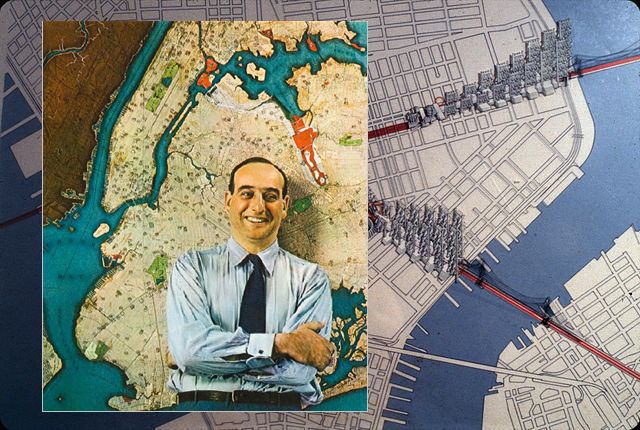
Robert Moses was one of the most influential and controversial figures in the history of New York City’s growth and decay. In his day, Moses was an urban planner associated with many of the capital projects we still see today throughout the five boroughs. However, his legacy is checkered due to biased policies and negative criticism, despite the fact that he helped take the city out of the Great Depression. Here are five things we can blame on Robert Moses and how they reflected his flawed politics.
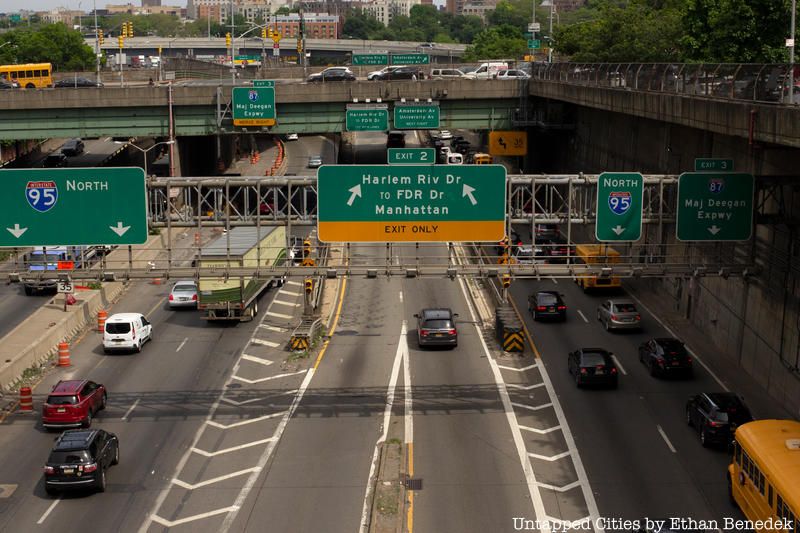
The “Cross Bronx,” as it is known colloquially, was the brainchild of Robert Moses. But historically it has been blamed for bisecting the Bronx roughly in half causing a migration of middle and upper class residents to the north and leaving the south portion to become an underserved slum of low-income residents. It displaced as many as 5,000 families when an alternate proposed route along Crotona Park would have only affected 1-2% of that amount. Robert Moses is accused of favoring “car culture” placing an importance on building highways instead of subways in order to grow the city. This can be seen as a segregationist ideology since it ignores the needs of the large population in NYC that can not afford a car.
Also the construction of large highways like the CBE shelved greater NYC Transit projects including the Second Avenue Subway. Not only did it have these ill effects, but to this day the expressway remains a headache for commuters with stacked and entangled roadways such as the Highbridge and Bruckner Interchanges. This MIT report has a few more examples of Moses’ failures associated with the CBE as well as a few more of his projects Massachusetts that were shelved after his reputation plummeted in 1968.
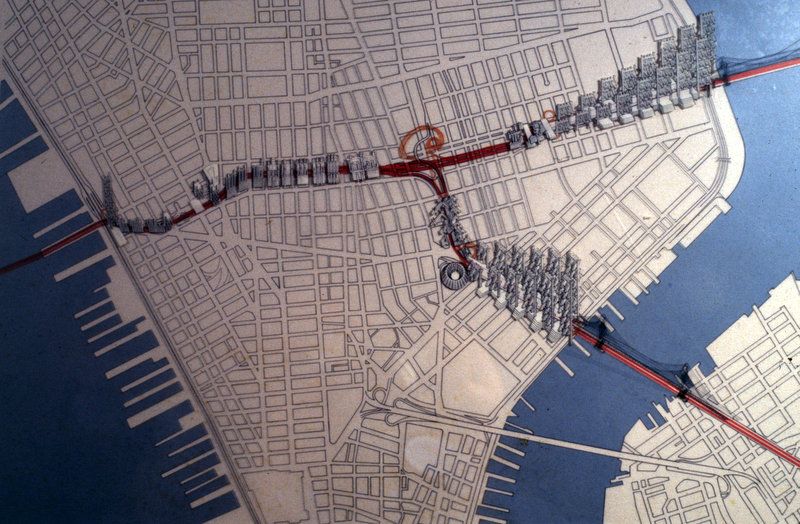
Luckily this thoroughfare never came to fruition, though part of Canal Street on the West Side shows the beginnings of construction for the Lower Manhattan Expressway (LOMEX). It resembled the map displayed above, connecting the Williamsburg Bridge and Manhattan Bridges over the East River, converging over SoHo, and heading west into New Jersey via the Holland Tunnel. The project would raze fourteen blocks of what is currently SoHo and Little Italy and would have cost the city an estimated $72 million in total, including the displacement of just under 2,000 families and over 800 businesses.
Entering the 1960s, support for LOMEX was greatly dwindling. Robert Moses was persistent, even in defeat: he wrote in his book Public Works: A Dangerous Trade, “Apparently the expressway has been shelved for the present. On the other hand, most of the parties concerned, including the Downtown Manhattan Association, the Regional Plan Association and others, agree that there must eventually be a Lower Manhattan Expressway.”
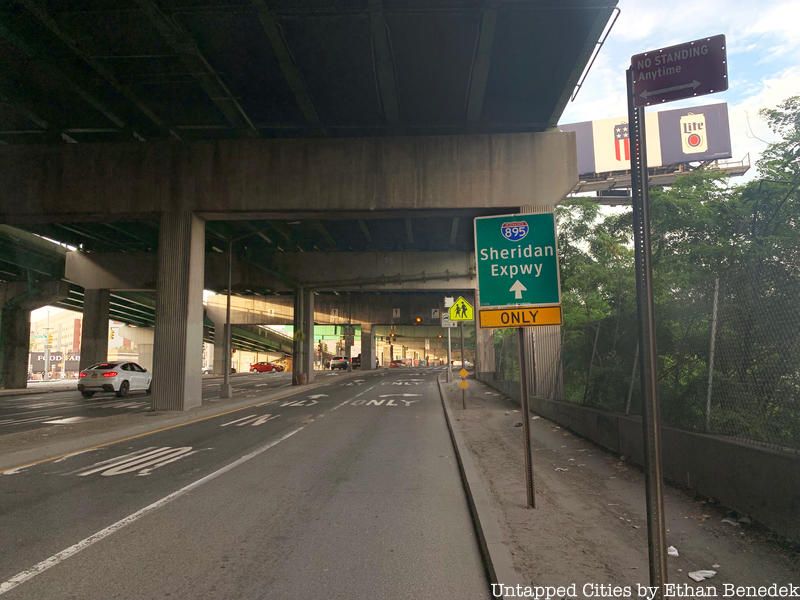
The Sheridan Expressway is the work of Robert Moses as well and to this day remains unchanged from its original construction. Not only has it become an eyesore for the Hunts Point community which falls directly under several lanes of highway overpass, but according to a recent NYC Department of City Planning report, its surrounding areas are “congested, confusing, and unwelcoming.” However, the short throughway, as we have previously reported, is being reimagined to free up the crippled neighborhoods and the Bronx River Waterfront.
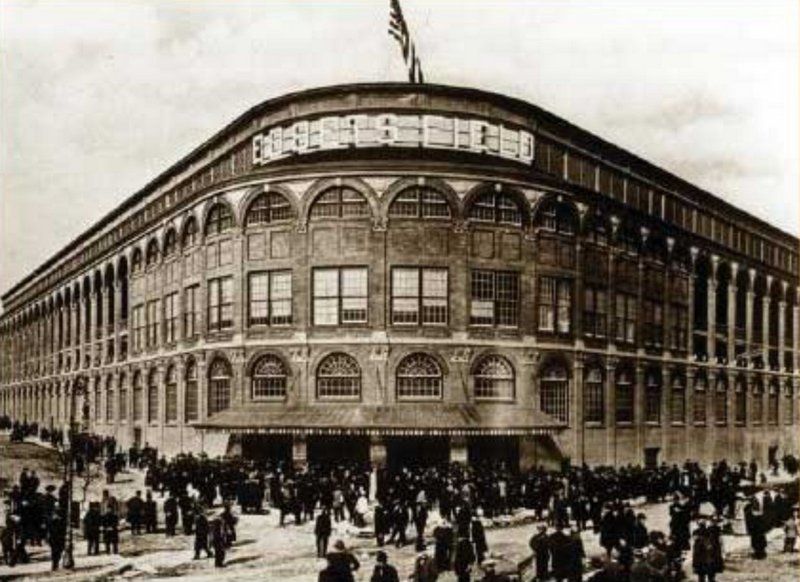
Here’s one thing we didn’t know we could blame on Mr. Moses: he caused the Brooklyn Dodgers to leave New York City. The Dodgers owner Walter O’Malley wanted to relocate out of Ebbets Field and one of the locations he had in mind was the current location of the Barclays Center. Robert Moses did not want a sports arena there, because he had a parking lot planned for that location.
This one wasn’t completely Moses’ fault, because the press and the public was also generally against the idea of the team buying that location. He suggested building a stadium in Flushing Meadows Park, Queens but the Dodgers did not want to lose their Brooklyn identity so, naturally, they moved to Los Angeles.
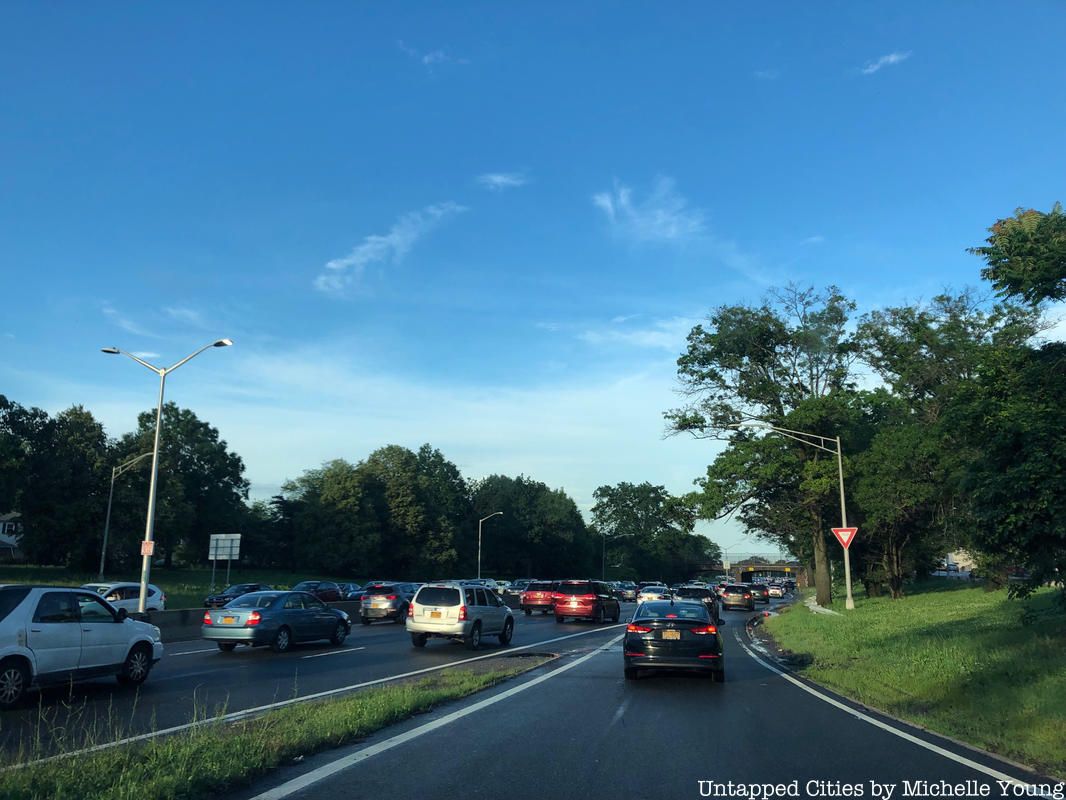
We’ve all been here. Sitting in bumper to bumper traffic on the Belt Parkway en route or back from JFK Airport or along the southern portions of Brooklyn and Queens. But the Belt Parkway actually extends from the Narrows at Fort Hamilton, past JFK Airport to the border of Long Island, where it connects to the Southern State Parkway and the Coney Island Parkway. The original idea of the Belt Parkway was actually a system of parkways, many of which exist today like Grand Central Parkway, Whitestone Parkway, and others, but today there is also the physical name, Belt Parkway on a 25 mile stretch. To build the Belt Parkway, much of the Jamaica Bay area was infilled. Moses had envisioned a series of “ribbon parks” which would also encourage residential development – which did take place. Much of this marshland infill is what caused the extensive flooding and damage during Hurricane Sandy, as waters sought to return to their natural coastline.
Next, see the apartments Jane Jacobs lived in during her time in New York City and learn about the rock musical about Robert Moses and Jane Jacobs. In Robert Caro’s book, The Power Broker: Robert Moses and the Fall of New York, he blames Moses for all of these things and many more. Get in touch with the author of this post @uptownvoice.
Subscribe to our newsletter